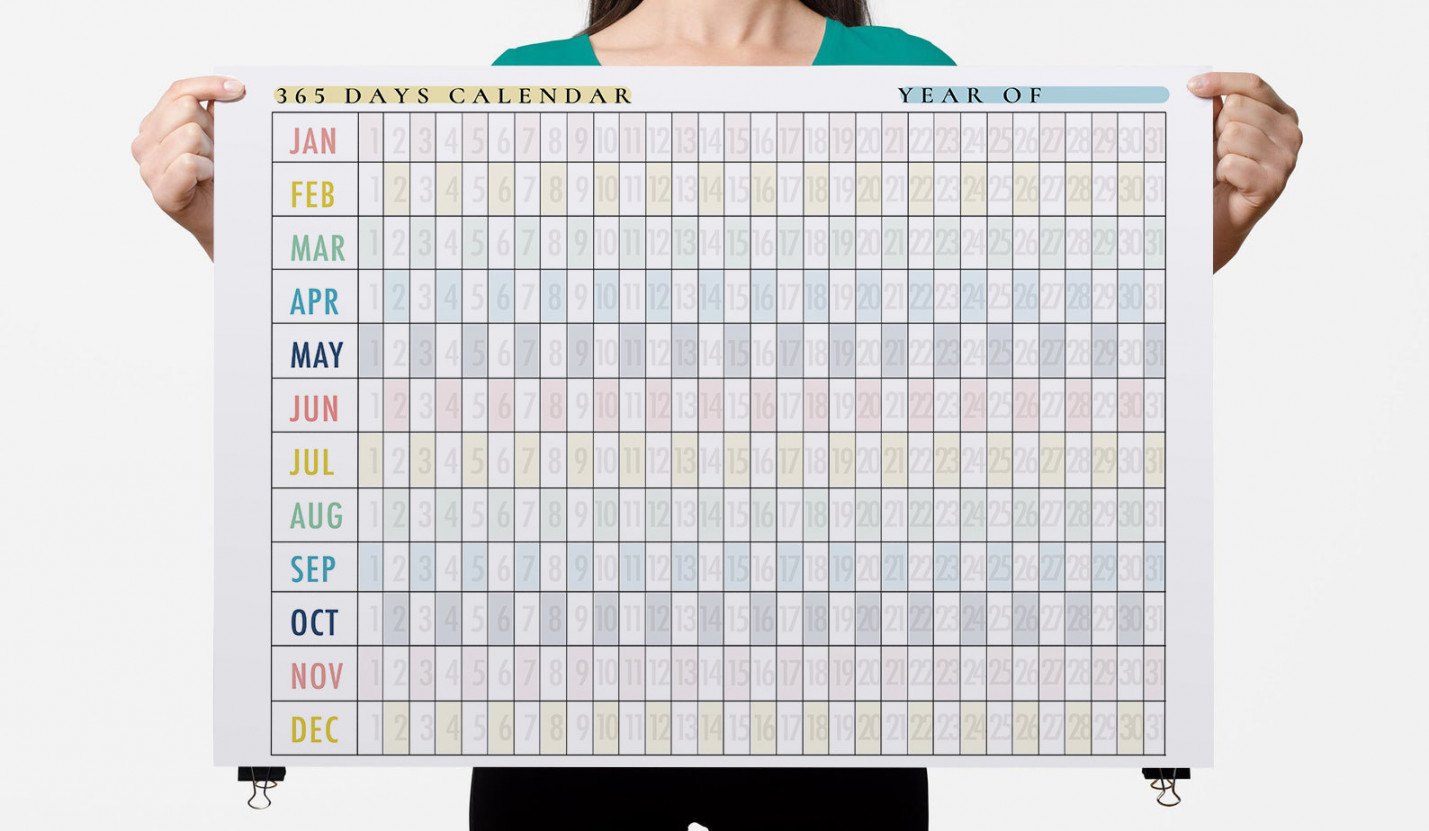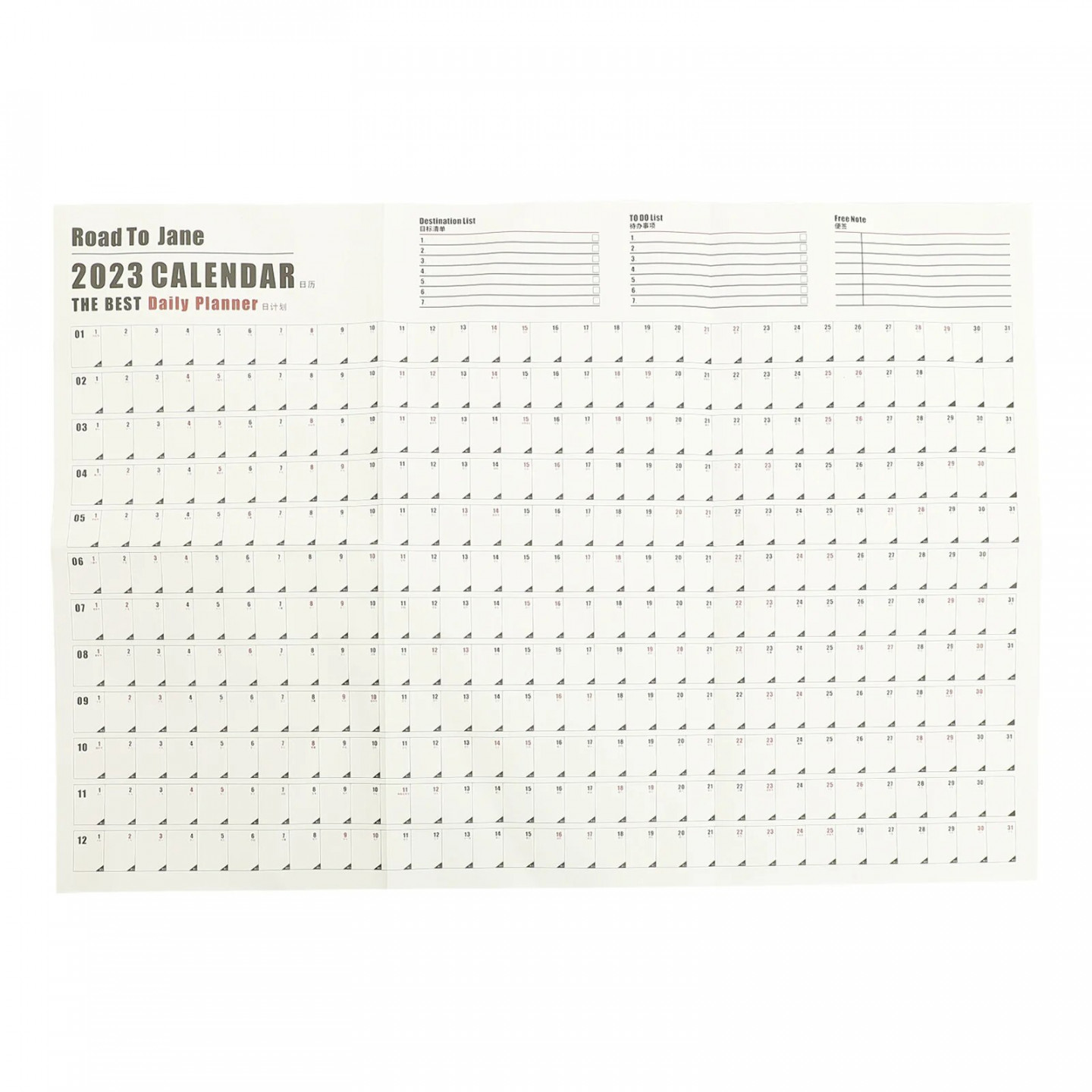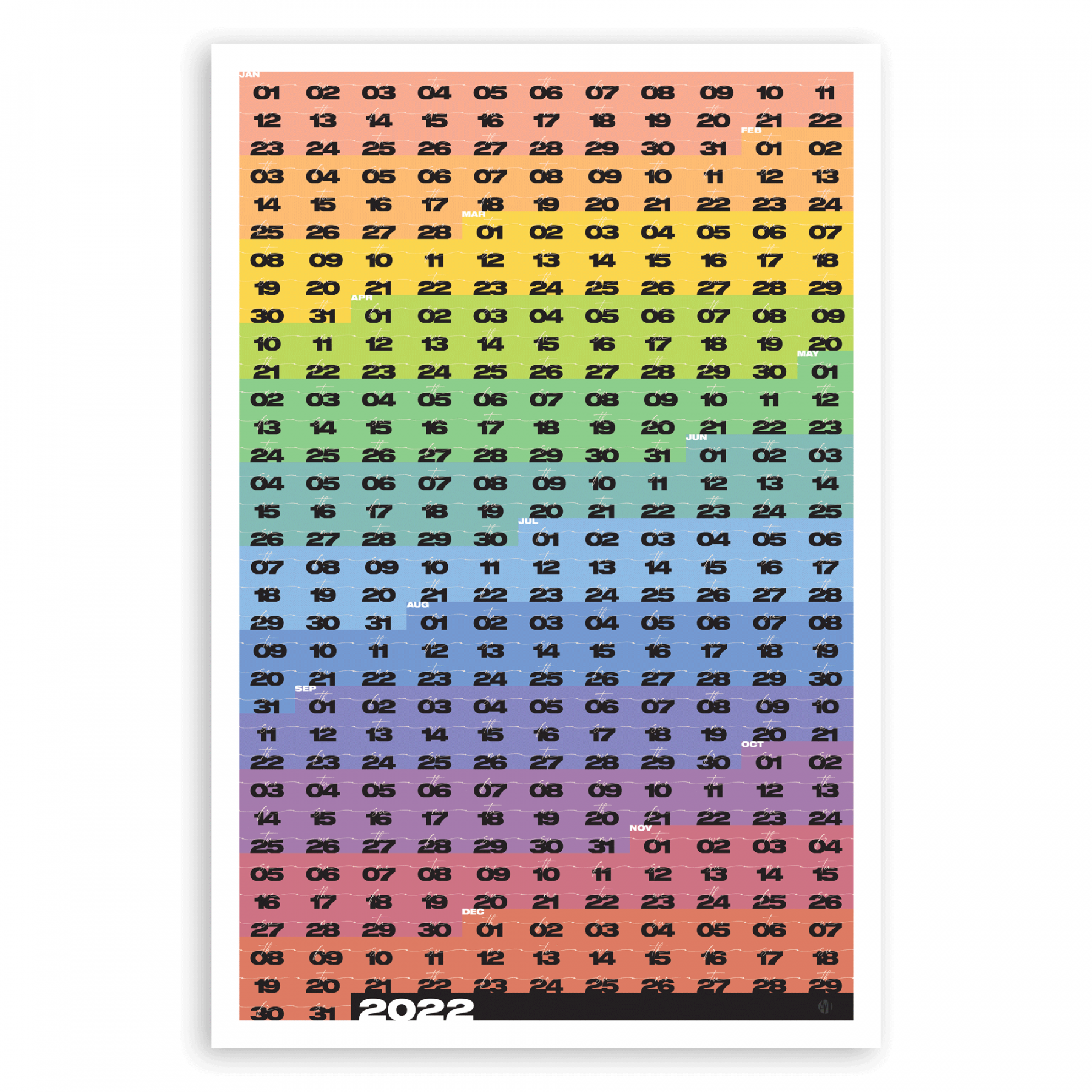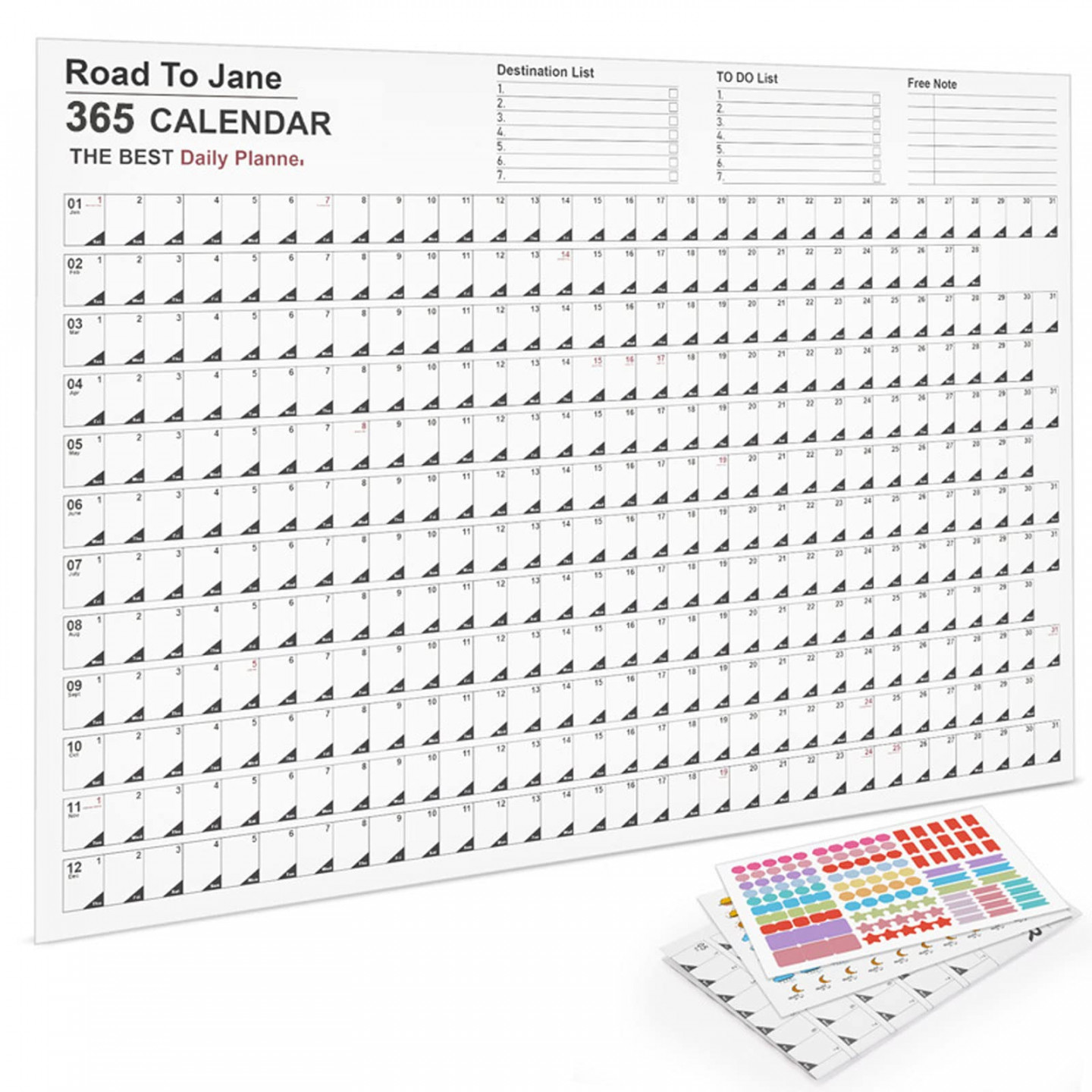Curiosities Why years have 365 days
A year is a period of 12 months, counted from January 1 to December 31, adding up to 365 days with both dates included. The dictionary of the Royal Spanish Academy indicates that it is the time it takes the Earth to go around the Sun, but it is not exactly equivalent to 365 days, but also adds up to five hours, 48 minutes and 36 seconds.

A complete revolution of the Earth around the Sun can be measured in different ways, from which different definitions arise with small variations in their duration. The anomalistic year is made up of 365 days, six hours, 13 minutes and 59 seconds. This is the time that elapses between two consecutive passages of the Earth through the aphelion or perihelion of its orbit. Aphelion is the point in a planet’s orbit furthest from the Sun and perihelion is the closest.
The sidereal or sidereal year is the time that elapses between two consecutive passages of the Earth through the same point in its orbit with respect to the position of the stars. In this case, it corresponds to 365 days, six hours, 9 minutes and 24 seconds.

On the other hand, the tropic year is the time that elapses between two consecutive and real passages of the Earth or apparent passages of the Sun through the same equinox or the same solstice. It is equivalent to 365 days, five hours, 48 minutes and 46 seconds.
The modern and most common calendar is the Gregorian, promoted by Pope Gregory XIII in 1582, which establishes that the common year has 365 days. To correct the gap that exists with respect to the tropical year, the leap year was created, which occurs every four years. It has 366 days, since February 29 is added. This date is the way to include those hours that are not taken into account when rounding to 365 and that represent approximately a quarter of a day (about six hours) per year.

